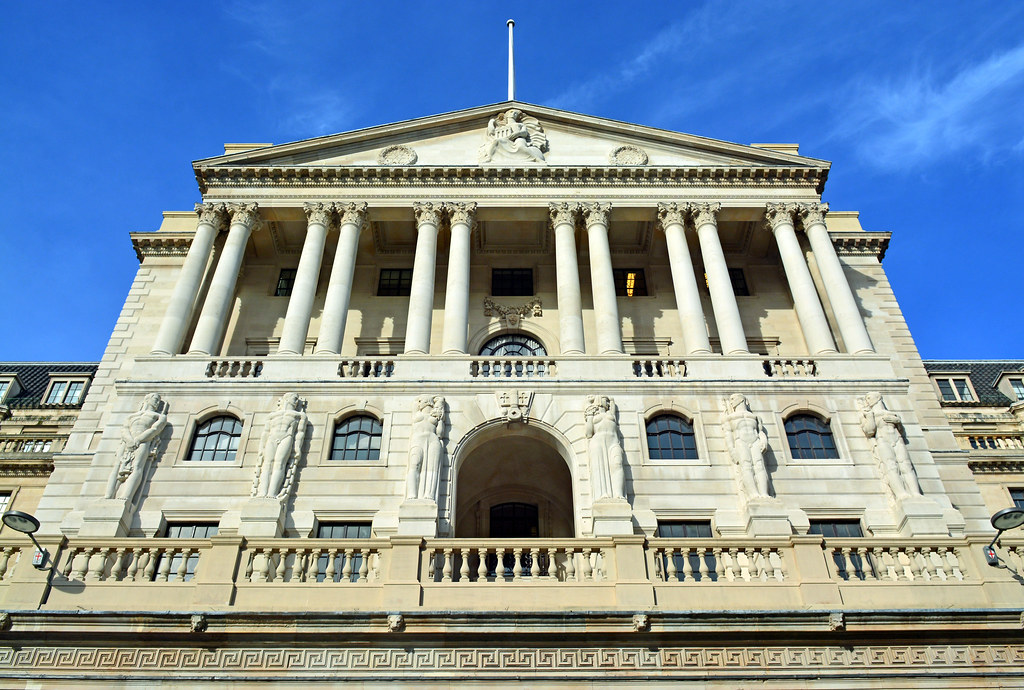A further £100bn could be removed from the long-term liabilities of UK defined benefit (DB) pension schemes if longer-term gilt yields were to increase in line with The Bank of England’s recent base rate change, analysis from XPS Pensions Group has found.
The provider suggested this would be “welcome news” for DB schemes that were not fully hedged, and whose funding positions may improve off the back of the bank's decision to raise interest rates from 0.5 per cent to 0.75 per cent, depending on the investment market response.
In addition to this, it noted that a rise in gilt yields alongside the prospect of stable long-term inflation typically spells "good news for pension schemes".
According to the research, the estimated £100bn fall in liabilities would be in addition to around £380bn already removed from DB pension liabilities as a result of the 0.65 per cent increase in base rates since 16 December 2021.
Indeed, XPS Pensions Group senior consultant, Charlotte Jones, noted that gilt yields have been tracking base rates and rising steadily since December 2021 to reach highs that have not been seen since early 2019.
“In liability terms, this should be good news; rising gilt yields generally mean that the funding positions of schemes which are not fully hedged will improve," she continued.
“However, in the current environment a stable or improved funding position is not guaranteed - with the conflict in Ukraine and inflation concerns continuing, the market remains volatile, keeping trustees and their advisors on their toes.”
This article first appeared on our sister title, Pensions Age.
Latest News
-
19 firms join forces to launch new retail investment campaign
-
Four in five bridging professionals confident about 2026 market outlook
-
FCA to press ahead with stablecoin payments next year
-
Titan Wealth acquires Morgans Ltd
-
Mortgage brokers playing ‘pivotal’ part in homebuying journey – Santander
-
Average mortgage rates fall to lowest levels since September 2022
NEW BUILD IN FOCUS - NEW EPISODE OF THE MORTGAGE INSIDER PODCAST, OUT NOW

Figures from the National House-Building Council saw Q1 2025 register a 36% increase in new homes built across the UK compared with the same period last year, representing a striking development for the first-time buyer market. But with the higher cost of building, ongoing planning challenges and new and changing regulations, how sustainable is this growth? And what does it mean for brokers?
The role of the bridging market and technology usage in the industry
Content editor, Dan McGrath, sat down with chief operating officer at Black & White Bridging, Damien Druce, and head of development finance at Empire Global Finance, Pete Williams, to explore the role of the bridging sector, the role of AI across the industry and how the property market has fared in the Labour Government’s first year in office.
Does the North-South divide still exist in the UK housing market?

What do the most expensive parts of the country reveal about shifting demand? And why is the Manchester housing market now outperforming many southern counterparts?
In this episode of the Barclays Mortgage Insider Podcast, host Phil Spencer is joined by Lucian Cook, Head of Research at Savills, and Ross Jones, founder of Home Financial and Evolve Commercial Finance, to explore how regional trends are redefining the UK housing, mortgage and buy-to-let markets.
In this episode of the Barclays Mortgage Insider Podcast, host Phil Spencer is joined by Lucian Cook, Head of Research at Savills, and Ross Jones, founder of Home Financial and Evolve Commercial Finance, to explore how regional trends are redefining the UK housing, mortgage and buy-to-let markets.
The new episode of The Mortgage Insider podcast, out now

Regional housing markets now matter more than ever. While London and the Southeast still tend to dominate the headlines from a house price and affordability perspective, much of the growth in rental yields and buyer demand is coming from other parts of the UK.
In this episode of the Barclays Mortgage Insider Podcast, host Phil Spencer is joined by Lucian Cook, Head of Research at Savills, and Ross Jones, founder of Home Financial and Evolve Commercial Finance.
In this episode of the Barclays Mortgage Insider Podcast, host Phil Spencer is joined by Lucian Cook, Head of Research at Savills, and Ross Jones, founder of Home Financial and Evolve Commercial Finance.
© 2019 Perspective Publishing Privacy & Cookies











Recent Stories